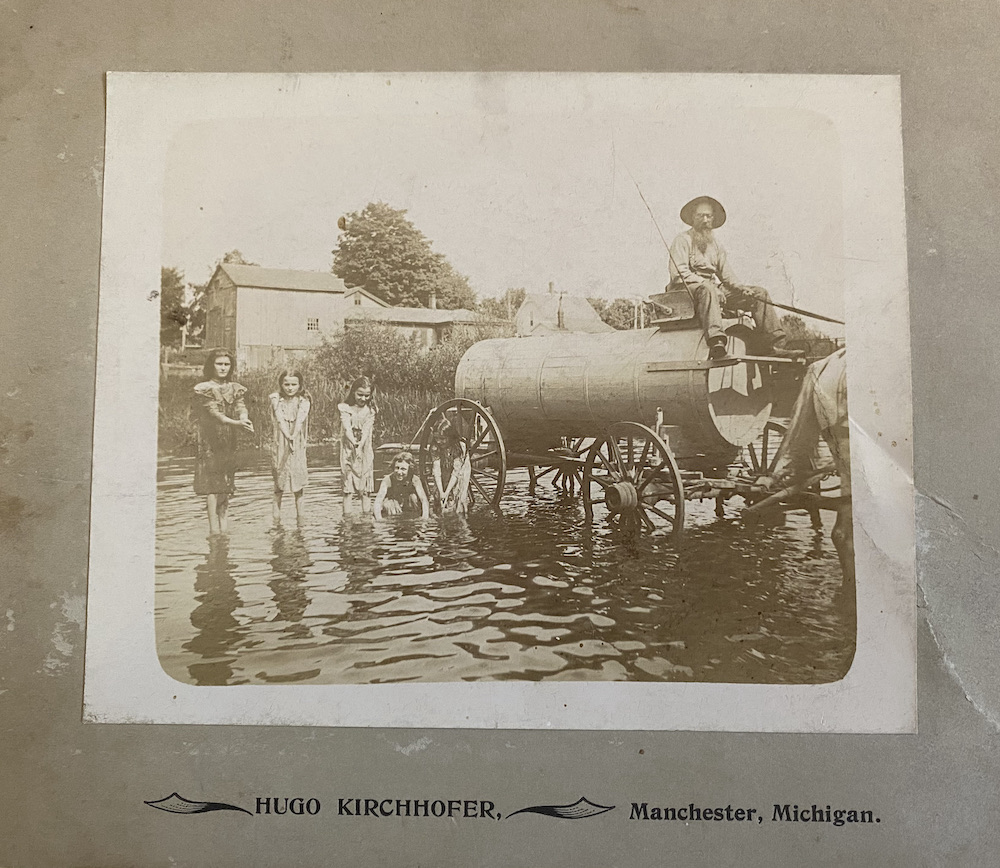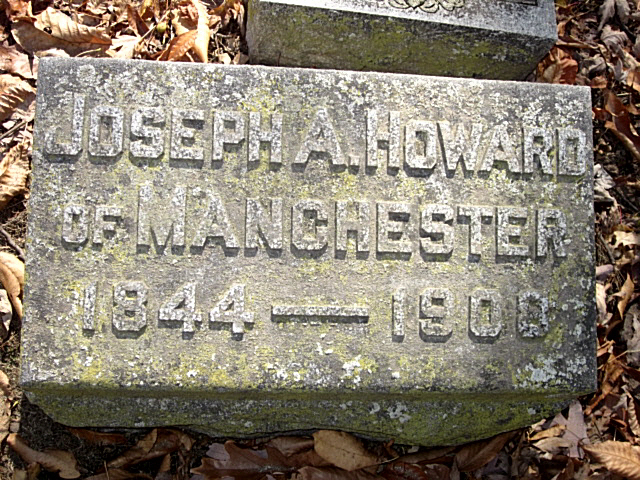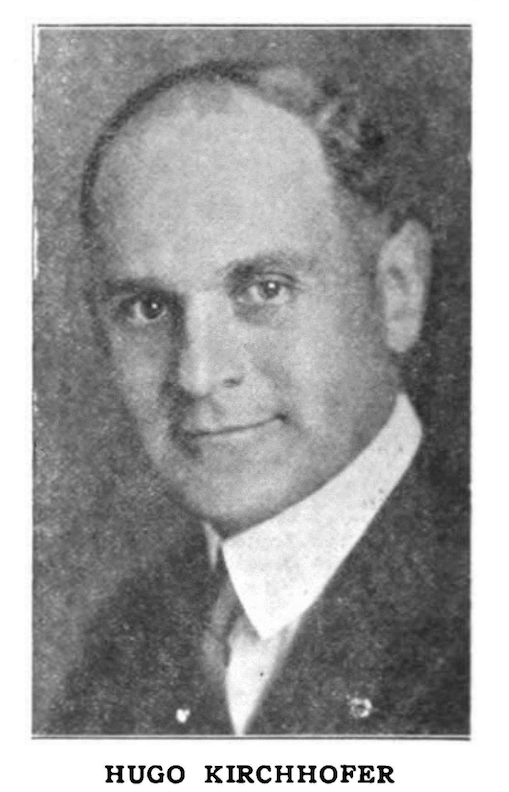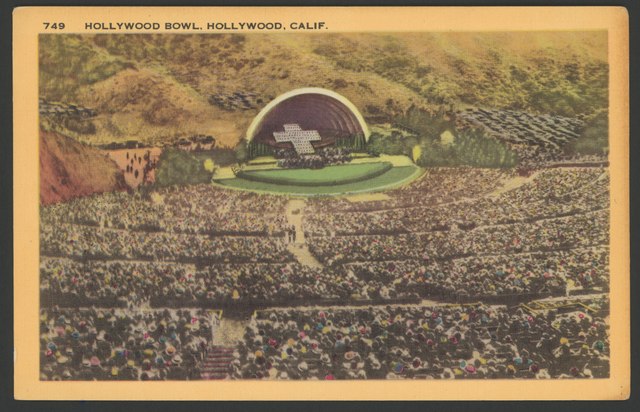One photo, the story of two Manchester men

by Sara Swanson
When Garrett Scott, an Ann Arbor–based rare book dealer, ran across a photo in a collection with “Manchester, Michigan” on it, he passed it on to us. It contains the names of not one, but two former Manchester residents. These are a bit of these men’s stories.
The photo shows a man riding on a tank on wheels, pulled by a horse, in a river with five girls. The caption on the back reads “Your grandfather, Joe Howard. He would drive to the river & fill the truck, then go thru the streets & wet them down.”
Joseph Abner Howard was born in Saline, Michigan, on March 1, 1844. He married Fannie L. Perry on September 24, 1865. She was the daughter of (Adam) Shields and Eliza Perry of Ann Arbor and had been born in New York State. They owned a farm five miles from the Village of Manchester. Joe owned and operated the “street sprinkler” for Manchester (as seen in the photo) for at least two decades. They had two children named Harlow and Henry. Harlow, who became a barber, went on to marry and have three children; one is possibly the former owner of this photo. Joseph died December 17, 1909, at age 65 in Manchester and is buried in Woodland Cemetery in Jackson. Fannie lived another 16 years, moving to Jackson to live with Harlow and his family, and is buried is next to Joseph.

Photo of Joseph Howard’s grave marker. From Find a Grave, photo added by Vernon W. Goodrich.
The other name on the photo is Hugo Kirchhoffer and appears to be the name of the photographer. Ray Berg, who has researched early Manchester extensively, including early photographers in Manchester, knows that Hugo Kirchhoffer was not one of the early Manchester photographers but believes he may have tried starting a business along those lines around 1900 as a young man.
Hugo Kirchhoffer was born on November 2, 1881, in Manchester to Henry and Lydia (Schmid) Kirchhoffer. He had three older sisters and one younger brother.
His father, Heinrich (Henry) Kirchhofer, was born in Switzerland. He married Lydia Schmid and moved to Chicago. After their home was destroyed in the 1871 Chicago Fire, they moved to Ann Arbor where Lydia’s parents were living, later settling in Manchester where he operated a dry goods store. Hugo’s mother’s family were some of the earliest non-indigenous Manchester residents. Her grandfather, Jonathan Mann, came to Ann Arbor from Germany in 1824, her father, the Rev. Frederick Schmid, was the first German minister in town and established the Bethlehem Church, the first German church in the county.
Hugo received his education at the Michigan State Normal Conservatory of Music (Michigan State Normal College became Eastern Michigan University). He worked as a vocal teacher and married Clara Eunice Tuttle of Lapeer, Michigan, in 1908. She had also attended Michigan State Normal College and was working as a music teacher at the time of their marriage.
Just as Joe Howard’s life was coming to an end, Hugo and Clara were setting off to start theirs. They moved to California sometime between 1908 and 1912, where he served as head of the music department at Hollywood High School for more than a decade. Clara gave birth to two daughters, Dorothy and Margaret. Hugo was widowed in 1917 when Clara died, just months after his mother died back in Manchester, leaving him with a four- and a five-year-old. His sister, Marie, moved out to California from Manchester to live with him shortly after.

Hugo Kirchhofer. Photo from Find a Grave, added by Jim Craig.
Hugo also served as the choral conductor of Hollywood Community Sing, a group founded in 1917 during the patriotic fervor of World War I, which consisted of more than 1,000 singers. It was in this role that he became one of the founding musical directors of the Hollywood Bowl and is credited with giving the Bowl its name. The story goes that the founders of Hollywood Community Sing were looking for a large, outdoor music venue to stage their popular Easter Sunrise Service. In 1921, they found a location called Daisy Dell near Cahuenga Pass — walking distance from Hollywood — which offered excellent natural acoustics. When Kirchhofer came to the site before the Easter concert on March 27, 1921, he said the location “looks just like a bowl.” And the name stuck. Since its opening in 1922, the Hollywood Bowl has been a premier music destination, hosting everyone from Billie Holiday to The Beatles to Yo-Yo Ma. Hugo went on to conduct the famous Easter Sunrise services at the Hollywood Bowl for 33 years.

Easter Sunrise Service at the Hollywood Bowl, postcard circa 1940
Living in Hollywood in the early 20th century meant Hugo had inevitable contact with the movie industry so he tried his hand at acting, playing Walter Damrosch in the 1945 Warner Bros. movie Rhapsody in Blue. Fittingly, it was musical in nature, as it was a biographical film about composer and musician George Gershwin. Walter Johannes Damrosch was a real-life, Prussian-born American conductor and composer who served as director of the New York Symphony Orchestra and conducted the world premiere performances of George Gershwin’s Piano Concerto in F and An American in Paris.
In 1954, less than a year before his death, a plaque honoring Hugo was placed outside of the Hollywood Bowl and is still there today. There are copyrighted photos of Hugo in front of the plaque at the unveiling you can find by searching the internet.
Hugo lived until 1955 and is buried in Forest Lawn Memorial Park in Glendale, California.
Kirchhofer’s daughter, Margaret, worked as an usher at the Hollywood Bowl and sometimes sang in her father’s chorus. She also shared her parents’ love of music and was the driving force behind the creation of the San Diego Opera.










You must be logged in to post a comment Login